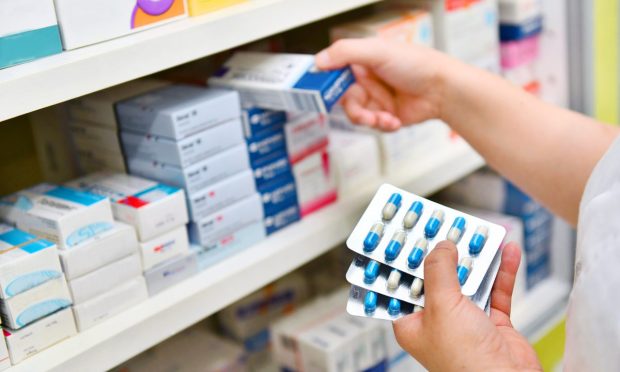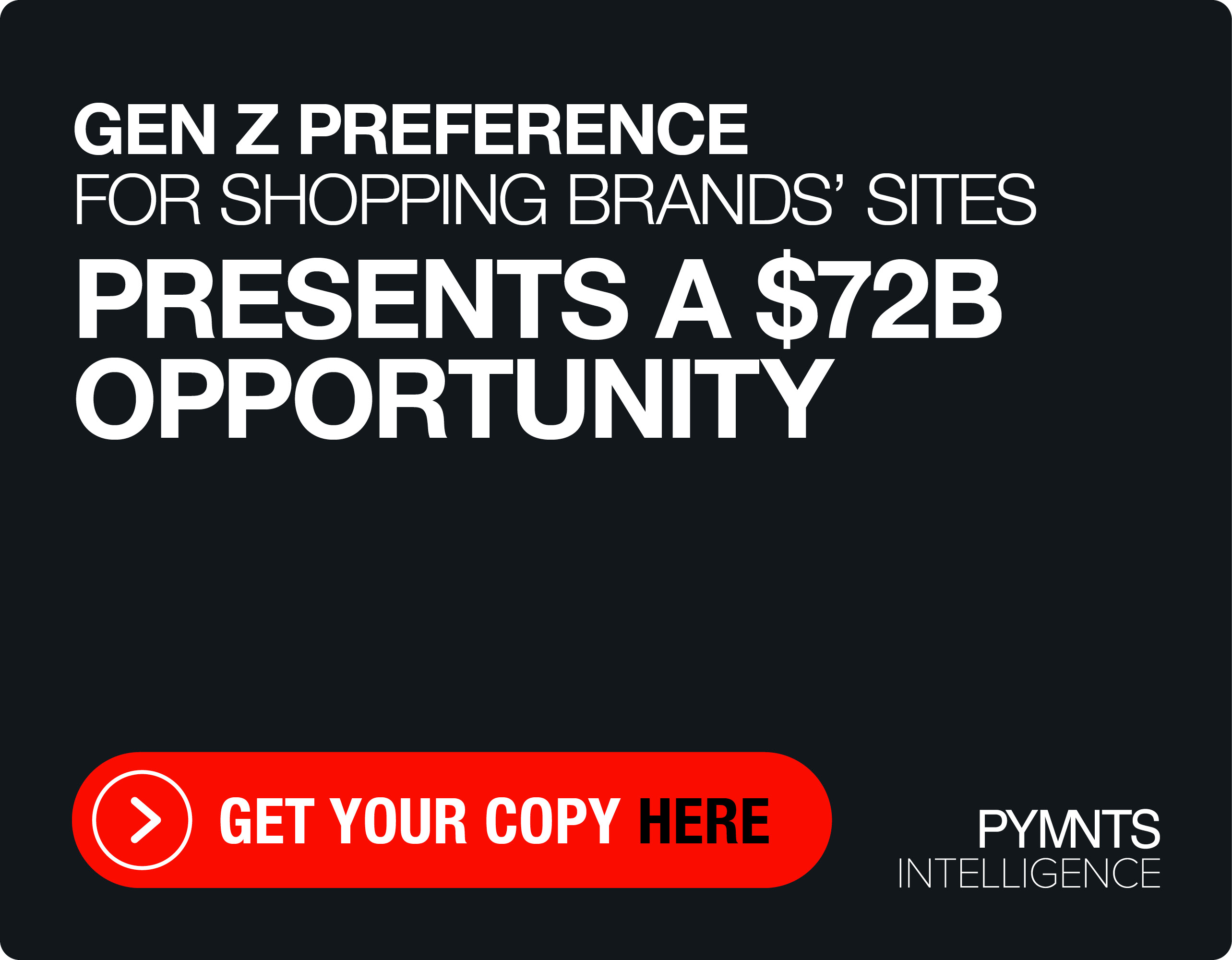Mark Cuban Cost Plus Drug Company Finds Online Pharmacy Sector Swimming With Sharks

In a move straight out of a “Shark Tank” episode, billionaire entrepreneur Mark Cuban is pitching a very big idea by taking on two whales — Big Pharma and Big Pharmacy — with the launch of online discount pharmacy Mark Cuban Cost Plus Drug Company (MCCPDC).
Noting in a Jan. 19 press release that “There are numerous bad actors in the pharmaceutical supply chain preventing patients from getting affordable medicines,” MCCPDC CEO and Co-founder Alex Oshmyansky said, “The only way to ensure affordable prices get through is to vertically integrate.”
Making that integration possible is MCCPDC registering as a pharmacy benefits manager (PBM) last year and a pharmaceutical wholesaler, putting retail markup on prices in the crosshairs.
MCCPDC will make its money on a flat 15% markup. Fulfillment is being handled by Truepill.
Illustrating discounts MCCPDC intends to deliver, NPR reported, “One drug for diabetes patients, metformin, sells for $3.90 for a 30-day supply, compared to a retail price of $20, the pharmacy said. A 30-count of imatinib, which is used to treat leukemia and other cancers, goes for as low as $17.10 at Cuban’s pharmacy compared with $2,502.60 at other pharmacies.”
Accelerated by the pandemic, online and app-based pharmacies have been remaking the sector in terms of consumer experience and discounts, although Cuban’s venture is promising to negotiate directly with drug makers, in effect disrupting the digital disruptors of Rx costs.
Consumers are more willing than ever to change pharmacies for better prices and convenience.
In the new study, Decoding Customer Affinity: The Customer Loyalty to Merchants Survey 2022, a PYMNTS and Toshiba collaboration, shifting consumer pharmacy loyalties are clear.
“Many pharmacy customers (82%) shopped at one or two pharmacies in store, but a larger share of consumers looked for their preferred pharmacy products with three or more competitors online (23%) than by shopping in person (18%),” the study found.
Consumer shop-around patterns in prescription drugs have grown throughout the pandemic as new digital pharmacy brands joined established players such as CVS and Walgreens.
The new research notes, “Payment and fulfillment features were cited by 17% of millennials and bridge millennials as the top factor for choosing a pharmacy or grocery merchant, and 10% of baby boomers and seniors and 8% of Generation X consumers stated the same.”
Decoding Customer Affinity also said, “payment and fulfillment features were the key drivers of merchant choice than those who cited product or brand availability, at 9% versus 8%.”
Additionally, more consumers “cited proximity as the most important factor driving loyalty to a pharmacy (41%) than price (16%).” But with proximity no longer a factor for users of MCCPDC — fulfillment partner Truepill delivers meds — it potentially strengthens Cuban’s position.
Get the study: Decoding Customer Affinity: The Customer Loyalty to Merchants Survey 2022
Apps including GoodRx, RxSaver and SingleCare, among several others, are remaking the prescription sector by helping user-member find medications, sometimes at deep discounts.
PYMNTS’ Provider Ranking of Prescription Apps has seen much jockeying for chart positions in the past 12 months as consumers, pharmacies and channels adjusted to pandemic realities.
See also: New Prescription App Ranking Is Both Calm and Exciting
